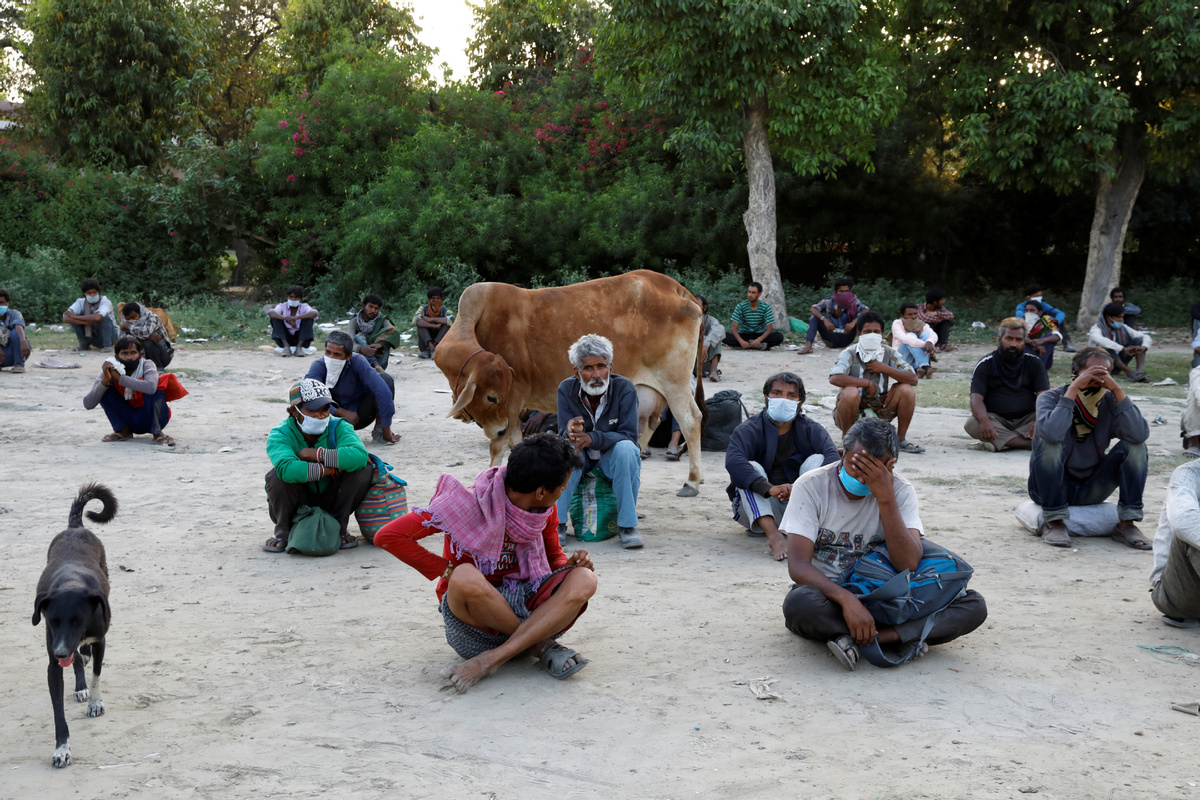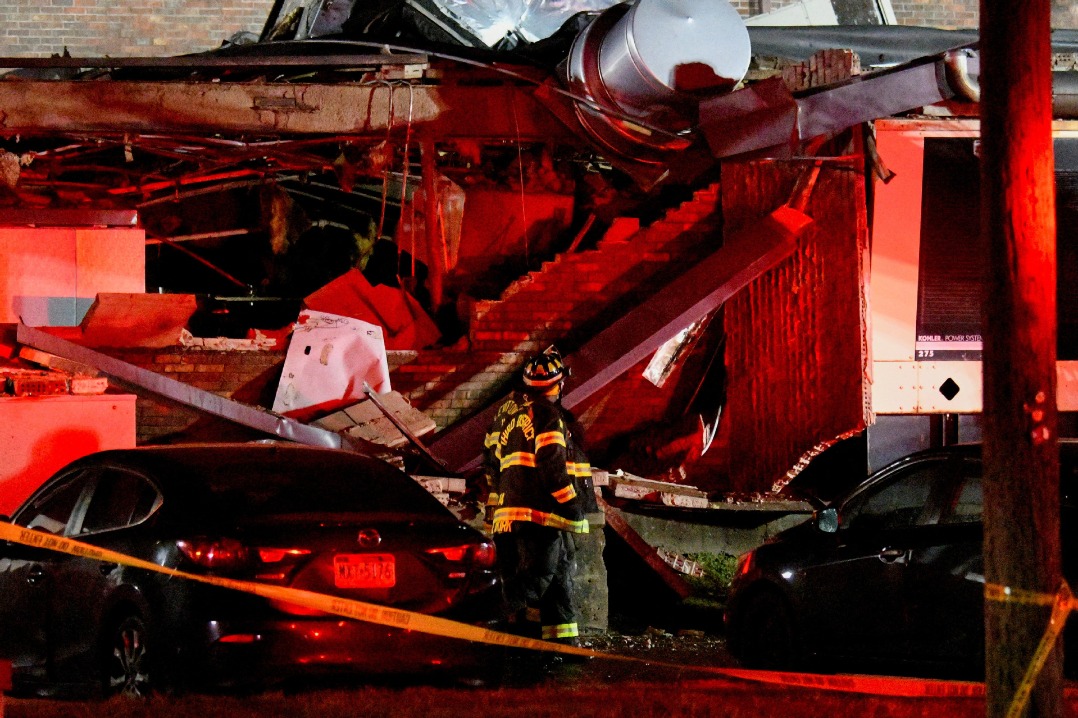India grapples with minimizing pandemic impact on the poor and migrant laborers


With the world's largest lockdown against COVID-19, India encounters the biggest challenges under the huge stress caused by a sudden spurt of virus spread on its medical infrastructure and the economic impact on the social poor.
The biggest economy in South Asia has one doctor for every 1,500 citizens, short of the ratio of one for every 1,000 advised by the World Health Organization. In some rural areas, the ratio is one doctor to 6,000 people and more.
Since the country added 1,035 confirmed cases on April 11, the last few days have witnessed a continued rise, and the highest single-day spike so far was registered on April 14 with 1,211 new cases, according to data from the World Health Organization. The total confirmed cases numbered 12,380 by April 16, with 414 deaths.
Though with certain exemptions, the extension of the lockdown announced on April 14 by Prime Minister Narendra Modi means that it would be affecting the most population for 40 days by May 3.
"We had no choice but to extend the lockdown, but we are trying to protect livelihoods," said Arvind Kejriwal, the chief minister of city-state Delhi - the national capital - which, along with Maharashtra, accounts for more than a third of cases.
Increases of testing also contributed to the numbers after the government revised testing protocol. "Mass testing is the key to fighting the virus. At present we are nowhere in the game", Rahul Gandi an opposition legislator belonging to the Indian National Congress said on Twitter.
"The major effort is to break the chain of transmission," a senior official at the Health Ministry Lav Agarwal said. "That is why we follow up for 28 days, and use that as the benchmark for deciding whether that has happened in a particular area; that is why we are promoting social distancing with lock down."
Across the country, there are now 602 dedicated COVID-19 hospitals with 1,06,719 isolation beds and 12,022 Intensive Care beds as a contingency plan. India did make rapid arrangements, but an exponential rise would be beyond any such arrangements.
Yet India can look at emulating best practices and technological solutions from countries such as China, South Korea and Germany.
The need for looking at best practices, technical innovations, scientific breakthroughs and medical equipment to fight the pandemic was highlighted by Modi when he addressed heads of Indian diplomatic missions.
India's External Affairs Ministry also urged in a statement to identify "innovations, scientific breakthroughs and sources to procure medical equipment" in foreign countries for India's fight against COVID-19.
As the fight against the virus looks long and winding, the fear is the huge economic toll on the vulnerable sections of population.
Appu Esthose Suresh, Senior Fellow at Atlantic Fellows for Social and Economic Equity, London School of Economics, says the lockdown will hit the poor Indians hard.
The poorest 500 million Indians could be already out of cash reserves by April 15 and another 500 million will be left with just half their reserves, he said, quoting his ongoing research on mapping inequality in India using data relevant to Indian government's decision to ban high value notes in November 2018.
Efforts are on to minimize the economic impact from the pandemic among the more vulnerable sections of country's 1.3 billion people. Hygiene measures are introduced to ensure the infections are brought under check in densely populated areas like Dharavi of Mumbai, known as Asia's biggest slum.
Dharavi, with 60 positive cases and seven deaths by April 15, is home to some 60,000 families or over 800,000 people.
Also among the most affected sections are India's domestic migrant workers, many have been rushing home in rural areas after the extension order.
A report submitted to India's Supreme Court by the Union Home Ministry (Interior Ministry) in the first week of April said the total number of active relief camps and shelters for migrant workers were 22,567 run by various state governments and 3,909 run by non-government organizations.
Over 1,000,000 people are staying in these camps. Locals are struggling to follow measures raised in the report to ensure the welfare of migrant laborers in 578 districts across the country.
The writer is a Delhi-based journalist.

































